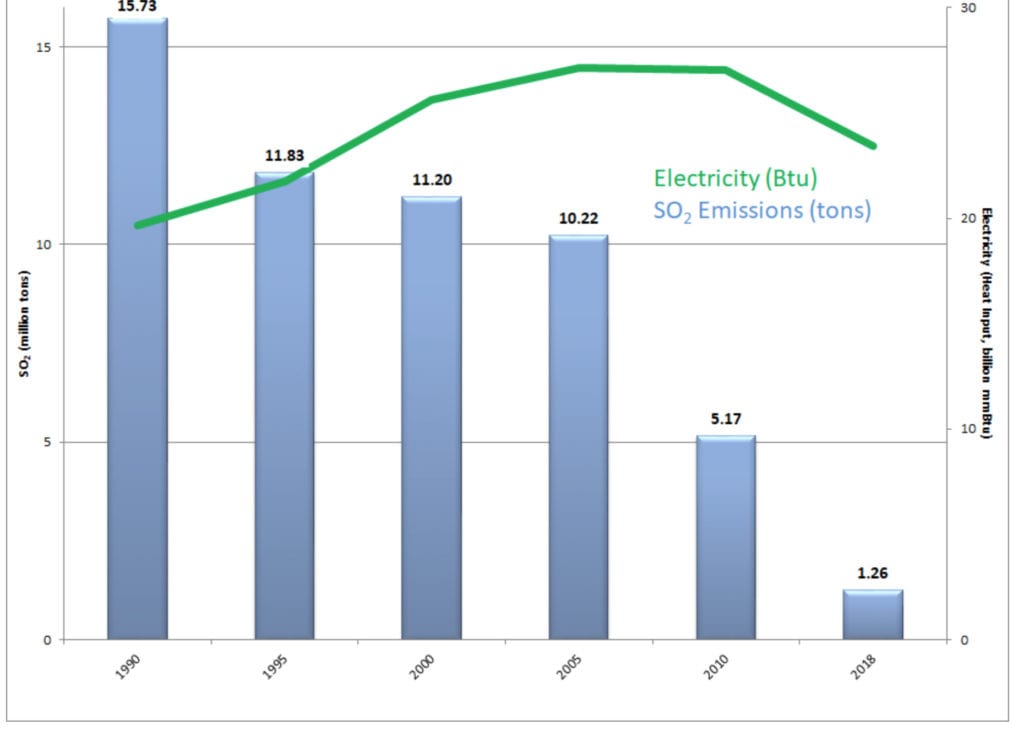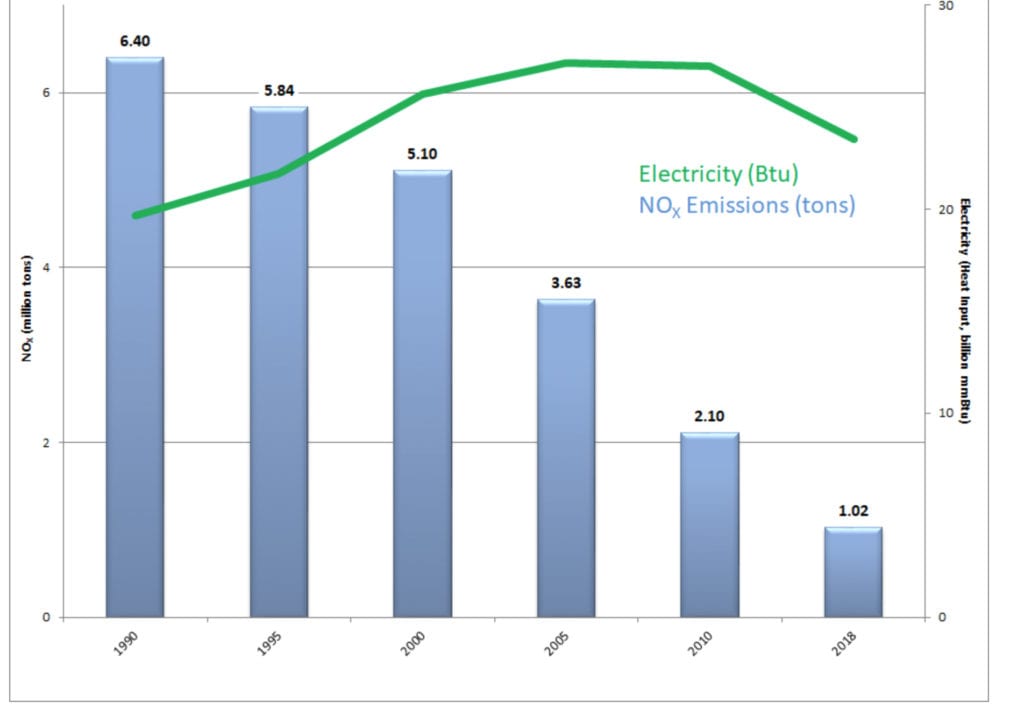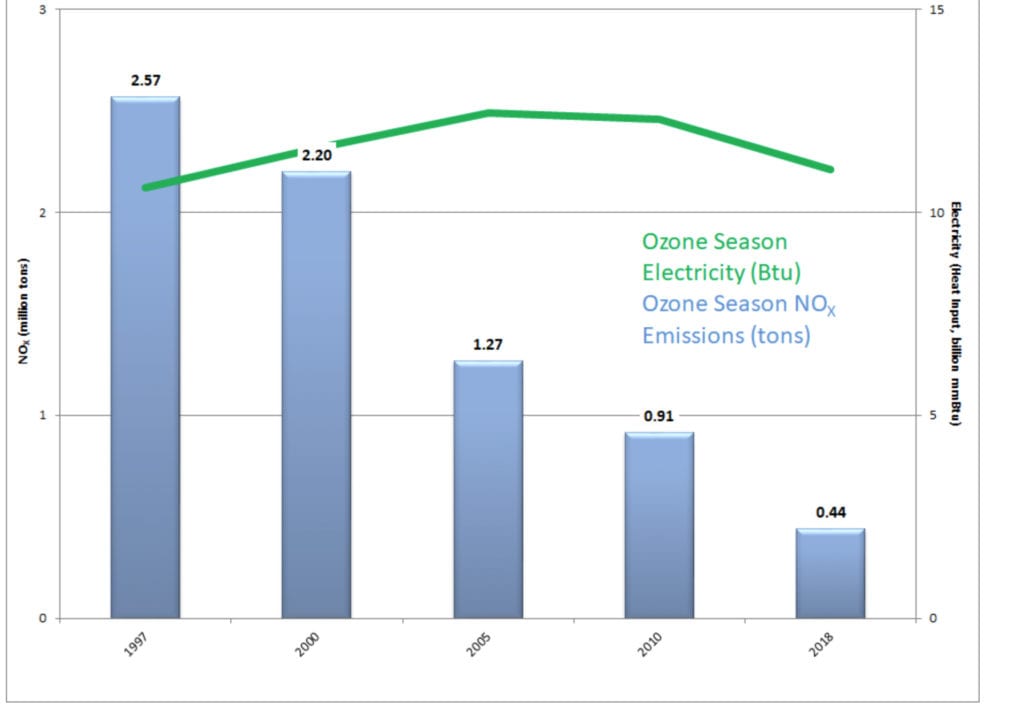EPA to Retain Primary NAAQS for Sulfur Dioxide
The Environmental Protection Agency (EPA) will refrain from amending the National Ambient Air Quality Standards (NAAQS) for sulfur dioxide (SO2), retaining a 2010 rule, which it said adequately protects public health.
The agency on Feb. 25 said in a notice that a periodically required review of the primary-or health-based-rule concluded no revision was necessary. The review was based on "key aspects of the currently available health effects evidence, quantitative risk and exposure information, advice from the Clean Air Scientific Advisory Committee (CASAC), and public comments," it said.
The last review of the primary SO2 NAAQS was wrapped up in June 2010, after which the EPA significantly strengthened the primary standard, establishing a 1-hour standard, and revoking the 24-hour and annual standards.
According to the EPA, the 1-hour standard was established to provide protection from respiratory effects associated with exposures as short as a few minutes. Revisions to the NAAQS in 2010 were accompanied by revisions to the ambient air monitoring and reporting regulations, requiring the reporting of hourly maximum 5-minute SO2 concentrations, in addition.
In a statement on Feb. 26, the EPA noted that national control programs developed under the Clean Air Act Amendments of 1990, as well as the surge of coal power plant retirements, contributed to a marked decline in SO2 concentrations in the U.S. Between 1990 and 2017, SO2 concentrations have fallen more than 85% and more than 60% since 2010. "The decline since 2000 has been 69% at a larger number of locations continuously monitored since that time. Daily maximum 5-minute concentrations have also consistently declined from 2011 to 2016," it noted.
Under the Clean Air Act, the EPA is required to regulate SO2, which is one of six major pollutants listed as "criterial pollutants." Anthropogenic SO2 emissions originate primarily from point sources, including coal-fired electricity generating units and other industrial facilities. While power plants emitted the most SO2 in 2018 (and 97% of the sector's emissions came from coal power), the agency's latest report on power plant emissions also shows that SO2 emissions from power plants fell 6% between 2017 and 2018.

Sulfur dioxide emissions have fallen from 15.73 million tons in 1990 to 1.26 million tons in 2018. Electricity use has risen from 19.68 billion MMBtu in 1990 to 23.41 billion MMBtu in 2018. Source: EPA
The report, released on Feb. 20, also covers nitrogen oxides (NOx) and carbon dioxide (CO2) from U.S. power plants in the lower 48 states. It suggests that compared to 2017, NOx showed a 4% decline, though annual CO2 from power plants rose by 0.6% between 2017 and 2018, even while electric generation increased by 5%.

NOx from power plants showed a 4% decline. Source: EPA
The EPA noted, however, that CO2 emissions from power plants have dropped roughly 20% since 2011. For power plants that EPA and states regulate to address cross-border ozone contributions, NOx emissions dropped by more than 20% between the 2016 and 2018 ozone seasons.

Ozone contributions, NOx emissions dropped by more than 20% between the 2016 and 2018 ozone seasons. Source:EPA
For a detailed infographic showing how SO2 emissions from the U.S. power sector have decreased since 1990, see "The Big Picture: SO2 Success," in POWER's July 2017 issue.
-Sonal Patel is a POWER associate editor (@sonalcpatel, @POWERmagazine)
The post EPA to Retain Primary NAAQS for Sulfur Dioxide appeared first on POWER Magazine.